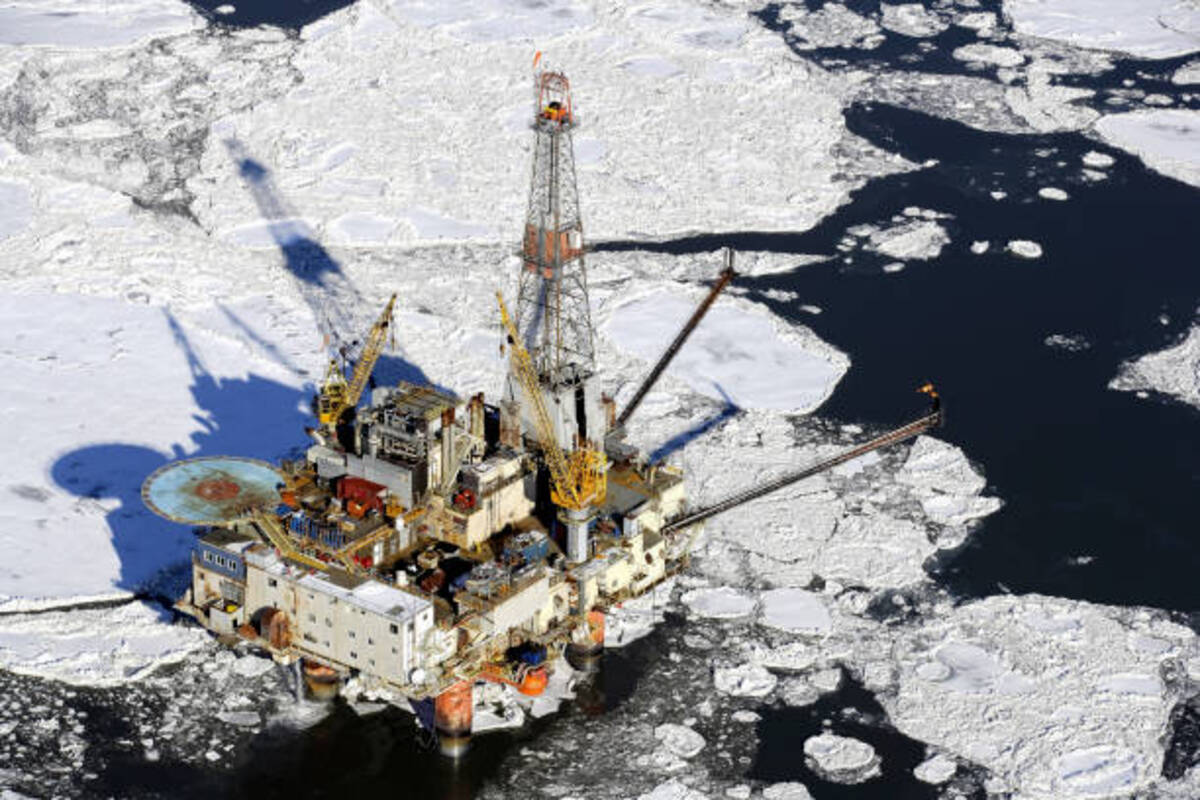According to a study of international risk experts conducted by the World Economic Forum (WEF), failure to address climate change and degradation of the environment are at the top of the list of the most significant risks confronting the planet in the coming ten years.
They added that contemporary issues. It includes the rising cost of living, ongoing energy and food shortages, and massive national debts. They pose a danger to the collaboration and unity required to confront these issues.
We live in a deadly cocktail of crises
According to John Scott, Head of Sustainability Risk at Zurich Insurance Group, the interplay between the effects of climate change, biodiversity loss, food security, and natural resource usage is a deadly cocktail. He collaborated on the paper with the risk management firm Marsh McLennan,
The paper illustrates that environment-related risk will replace how present cost-of-living worries as the decade goes on. It is based on comments from 1,200 private sector risk managers, governmental policymakers, academics, and industry leaders worldwide.
The top 10 list of global hazards environment is No.1
Natural disasters, biodiversity loss, natural resource loss, and large-scale environmental damage are among the top 10 global hazards. Also, failure to reduce and adapt to climate change and natural disasters dominated the list of global hazards. They regard them as the most severe over a 10-year period.
The report’s findings follow a year in which the world abandoned numerous climate change promises. It was due to the energy crisis caused by the conflict in Ukraine. They developed ahead of the analysis of the annual WEF discussions. They should take place in the Swiss resort of Davos the following week.
This cutback occurs even as the frequency of adverse weather conditions and other environmental stresses increases. According to a report released this week by Moody’s Investors Service, insured losses from natural disasters over the previous five years have increased to an average of almost $100 billion annually.
Polycrisis – the cluster of related risks with an unpredictable outcome
A “polycrisis,” which the WEF report describes as a cluster of associated risks with compounding effects and unpredictable results, may develop as a result of hazards interacting with one another, according to the report. Big-power resource competition also has the potential to produce one such collection of connected dangers.
The impact of forced migration, societal collapse, cybercrime, and economic wars between important trading blocs are among the top 10 possibilities that cause concerns more than direct armed conflict.
Businesses know: If you don’t predict a risk, your company will not survive
All this already forced businesses to shift from a decades-long focus on cost reduction to investing in resilience against such shocks. It is because of the enormity of these dangers and their impact on billions of people worldwide.
There is a growing understanding that if you don’t take these up-front charges, your company won’t survive. This is a conclusion according to Carolina Klint, Marsh’s risk management leader for continental Europe.
Stockpiling production-related supplies is one example of corporate tactics. Corporate acquisitions of important suppliers and steps to assure a diversity of perspectives in risk strategy-building are also among the investments. Even simple deterrent tactics against criminal activity are among examples of such investments.
According to Klint, businesses that do not invest in cyber controls and mitigation find themselves in an uninsurable situation.

